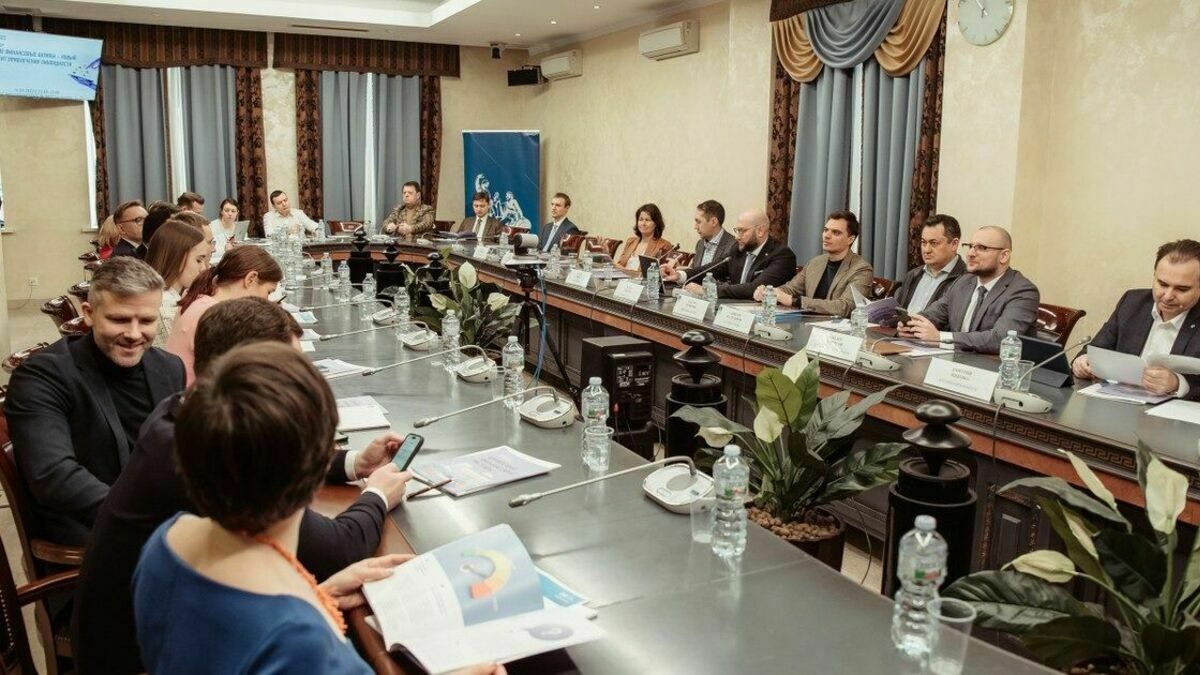Posted 15 марта 2023, 11:05
Published 15 марта 2023, 11:05
Modified 15 марта 2023, 11:34
Updated 15 марта 2023, 11:34

Experts: Digital financial assets can replace investments in stocks
Anna Snezhina
Digital financial assets are the newest and constantly developing tool based on all the advantages of modern technologies.
The expert community believes that very soon, subject to the revision of the regulatory framework, the digital financial assets will form a full-fledged competition with traditional financial instruments. And most importantly, they are able to close the accumulated "pains" of investors, businesses and even unskilled market players, at least within the country.
Digital financial assets exist in Russia in the legal field and belong to the class of financial instruments, specifically to digital rights.
The Law on Digital Financial Assets entered into force in the Russian Federation on January 1, 2021.
The market is rapidly developing before our eyes and has reached billions of revolutions today.
What distinguishes digital financial assets from existing instruments? What practical benefits can they bring to issuers, banks, investors and businesses? These and other issues were discussed on Tuesday, March 14, at the round table "Digital Financial Assets – a new tool for attracting liquidity" in the Public Chamber of Russia. The experts were acting industry players.
The first company included by the Central Bank of Russia in the profile register was Atomize (part of the Interros Group). Later, Sberbank, Alfabank, and Lighthouse also entered the register. The first deals with the digital financial assets took place in June-July 2022.
"The market is less than a year old, and the volume of issues of digital financial assets is already, I think, under 2 billion in total. This follows from the release decisions on each of the sites that has already received a license. Our project is the largest in today's CFA market. In total, 11 issues of digital financial assets worth 1.1 billion rubles were held on the Atomize platform in 2022-2023", - says Yekaterina Frolovicheva, CEO of Atomize.


In 2022-2023, the platform operators of digital financial assets conducted a series of "pilots" that recorded the stability of their work and readiness for further scaling. The market is gradually being filled with a variety of products – these are DFAs for precious metals (for example, palladium, gold, platinum, as well as rare ruthenium and iridium), and debt instruments based on digital financial assets, similar in mechanics to factoring or bonds. Standard smart contracts have been developed.
"All this allows us to say that the digital financial assets market is ready to scale. Already this year we can see a multiple increase in its volumes. By the end of 2023, with the support of the state and with the continued interest of investors, the market volume may reach tens of billions of rubles. By investing in the latest direction, investors get access to new financial instruments in high-tech blockchain packaging", - adds Yekaterina Frolovicheva.
What will serve as the main reason for the growth of the market and the confidence of issuers and investors in the new smart product? Experts agree that there are two key components: security and flexibility of digital financial assets tools.
"With the adoption of the digital financial assets, Russians finally get the opportunity to invest in digital assets along with stocks and bonds. The advantages in comparison with traditional instruments will be the absence of accidents with assets and the avoidance of intermediaries in the financial market", - says Maxim Trofimov, CEO of Digital Assets.
Speaking about the criteria of attractiveness of the digital financial assets clients in general, representatives of issuers focus on the liquidity of assets, the security of transactions and "digital reputation".
"The infrastructure for secure transactions with the digital financial assets has been created. We can guarantee security for individuals and legal entities when conducting transactions. At the beginning of the year, instant settlements based on a nominal account were launched. In other words, the buyer receives the digital financial assets and at the same time his money is transferred to the seller. A similar scheme is used in modern marketplaces", - Yekaterina Frolovicheva notes.
What ensures the digital financial assets liquidity? Digital financial assets are digital rights tied in most cases to real assets and goods: for example, precious metals, precious stones, real estate, art objects, etc., which provides a short entry into and exit from the market.
Some companies are trying to create with the use of digital financial assets analogue of the commodity exchange and even the final rights to the company's product for all its employees.
"Now, due to import restrictions, the national domestic industry is developing. And here we can talk about qualitatively new formats of motivation of employees who participate in the development of the industry. We are talking about digital rights to the final product or to shares of public companies. This approach contributes to the creation of a fundamentally new model of the relationship between the employer and employees, stimulating labor and increasing loyalty to the employer due to the employee receiving economic benefits from participating in the profit from the activities of companies", - says Maxim Trofimov.
In addition to liquidity, digital financial assets system has a number of other important advantages over traditional instruments. These include:
- Possibility of crushing. According to the legislation of the Russian Federation, digital financial assets can be bought and sold in parts ― for example, not 1 DFA, but 0.5 DFA. This gives additional comfort in asset management, and all the detailed conditions can be found in the release decision.
- Reliability. Due to the fact that DFAs are issued and handled using transparent blockchain technologies, the probability of technical errors and the influence of the human factor is significantly reduced. The transition of the DFA is recorded in the distributed registry, it is impossible to make changes, which eliminates the risks of fraud. In this way, innovation creates a trusted environment.
- The possibility of making transactions independently. Blockchain and smart contract technologies make it possible to exclude additional contracts with intermediaries. Accordingly, the number of commissions is also reduced. Investors can independently make transactions using their private key.
Finally, the development of the DFA in Russia certainly opens up new business opportunities.
Already today, it is easier and faster to issue CFAs in some cases than traditional exchange-traded bonds. And the issuer's costs, with a ready-made smart contract, may be lower. Alexey Fatkhudinov, Director of the DFA of the developer company JSC "Ji-group" (Tatarstan), told about his practical experience at the round table: 5 days. In exactly five working days, they managed to release the DFA for their project.
The development of digital tools in Russia simplifies the process of raising funds and expands access to capital markets for companies of various sizes. And in the future, the DFA is also a tool for motivating staff, tracking ESG parameters of products, and so on.
Such a relatively new quality criterion in working with DFA as digital reputation boils down to a simple understanding of all market players of a simple rule – in the modern realities of fintech, the failure of even one transaction out of a hundred is a huge and often irreparable blow to the reputation of the operator and an instant, difficult to recover loss of customer trust, or even his departure to a competitor, notes Dmitry Ishchenko, Deputy General Director of the Fintech Association.
In addition to customers, the market itself raises the bar for issuers.
"In the "Issuer-Platform-Investor" coordinate system, the issuer acts as a guarantor of the security of investments and the safety of user data. Therefore, the founders of the issuer must have a high level of financial stability, as well as the necessary expertise in the application of modern information technologies for the development and market launch of digital financial products. The issuer must have a systematic approach developed by him to the use of digital financial assets and DFA parameters for certain programs, for example, as in the case of Digital Assets, the development of token parameters for employee motivation programs", - Maxim Trofimov emphasizes.
This implies the requirement of some kind of entry control — when the DFA market becomes a mass story, issuers must have clearly defined parameters to confirm their reliability.